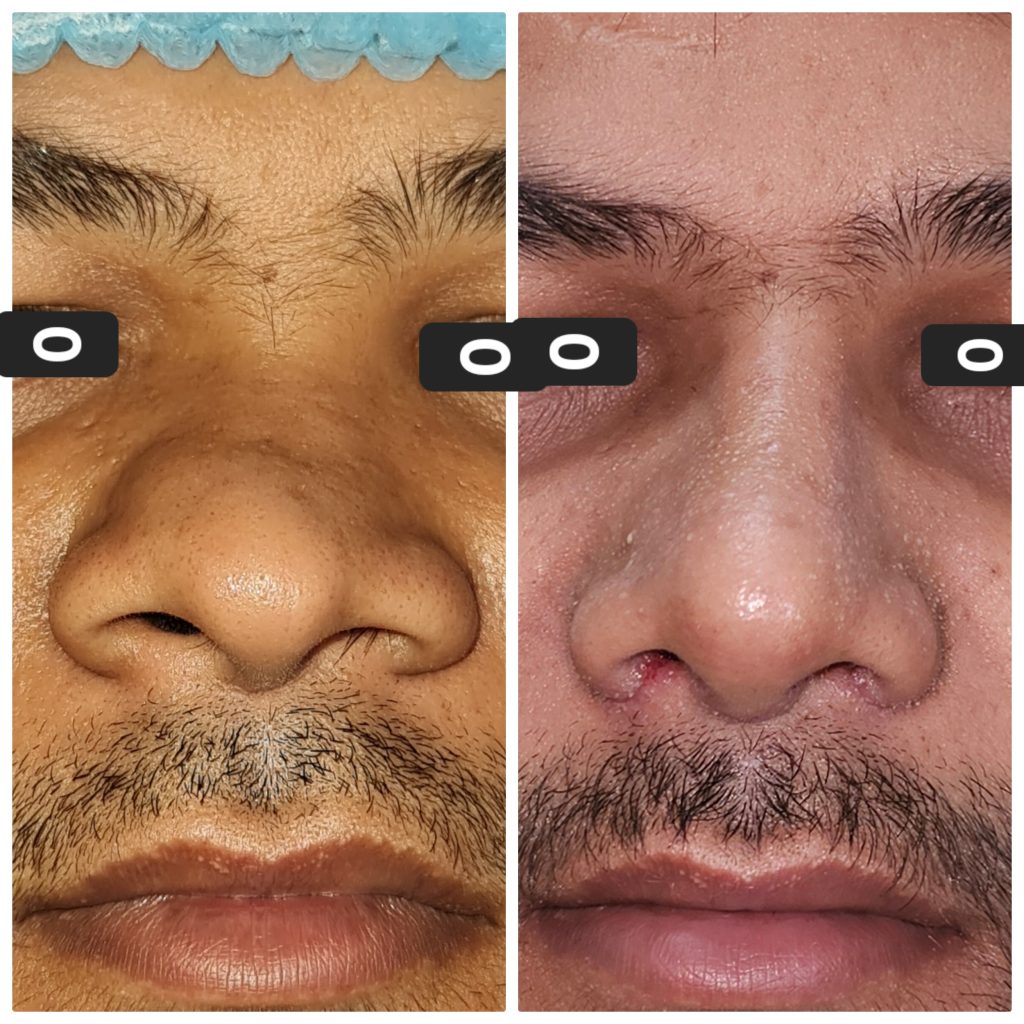Rib Cartilage Graft for Augmentation Rhinoplasty in Asian Patients

Augmentation Rhinoplasty, mostly referred to as a “nose job” is a surgical procedure to increase the prominence of the nose, both the dorsum and the tip. It remains one of the most frequently performed cosmetic surgery owing to the pivotal importance of the structure of the nose in facial appearance. The earliest rhinoplasty dates back to 600 BC and there have been myriad advancements in indications, surgical techniques and the anticipated results since then.
Although there are huge number of options for harvesting the graft, the ideal graft, which exists only as a concept, would be the one combining biocompatibility, a low complication rate and results that remain stable for a long time. At present, autologous cartilage, and more precisely septal cartilage, is still the first option for augmentation rhinoplasty. However, it has been criticized for the complications it brings along with rib cartilage. The common complications are warping, resorption, infection, displacement and its high donor-site morbidities like chest scarring, pneumothorax and pleurisy.
Although there have been many studies worldwide, a vast majority of the published data related to management of the nasal dorsum is low-level evidence. In addition to that, there has not been such studies in Nepalese population till date. With the increasing aesthetic awareness in Nepalese population, growing number of rhinoplasties and the ascending expertise in the field, the study of such kind in much coveted. This study aims at investigating the outcome of augmentation rhinoplasty using solid monoblock rib cartilage graft and to find out the complications associated with Rib cartilage grafts in augmentation rhinoplasty.